Mementoes of Grief Go to Auction from the US's Only Museum for Mourning Art
Art related to death in the United States evolved from European influences in the colonial era to a distinct language of mourning, guided by widespread grieving for public figures like the country's presidents.

Art related to death in the United States evolved from European influences in the colonial era to a distinct language of mourning, guided by widespread grieving for public figures like the country’s presidents. While American mourning art is present in numerous art collections, there’s only one institution that has made the field a focus, and it resides within a Pennsylvania cemetery.
The Museum of Mourning Art at Arlington Cemetery (no relation to Arlington National Cemetery) is located in Drexel Hill, west of Philadelphia. It was established by Irvin G. Schorsch, Jr., and Anita Schorsch in 1990. Recently, however, the museum temporarily closed to the public, and some of its collection is going to auction at Sotheby’s today through Friday. How the museum will appear in the future depends on what objects are sold.

In 1976, Anita Schorsch authored a book called Mourning Becomes America. Mourning Art in the New Nation in conjunction with an exhibition she curated at the Pennsylvania State Museum. Anita and her husband, Irvin, were collectors of mourning art, a pursuit that “resulted in the Schorschs establishing a museum of mourning art at their family-owned Arlington Cemetery in Drexel Hill, Pennsylvania,” writes Charles F. Hummel, curator emeritus and adjunct professor at the Winterthur Museum in the catalogue for the current Sotheby’s auction.
The mourning memorabilia formed just one part of their six decades of collecting American art, much of it housed at their Hidden Glen home in Meadowbrook, Pennsylvania. Anita, who passed away in 2015, a year after Irvin’s death, was long the director and curator of the museum, guiding an anti-sensationalist vision that looks at private and public forms of mourning through art, whether a tiny skeleton ring or a lavish posthumous oil painting. “The decision to offer their collection at auction is in keeping with the way that Irvin and Anita Schorsch conducted their lives,” Hummel writes. “They were givers, not takers. This sale, then, represents their final effort at sharing.”
Among the objects going up for sale from the Museum of Mourning Art are funeral invitations, mourning jewelry, prints, and, notably, an 18th-century cemetery gun. “More than half the pieces” — about 180 items, including their horse-drawn hearse — “are still here in the museum,” Arlington Cemetery President Gary Buss explained to Hyperallergic over the phone.
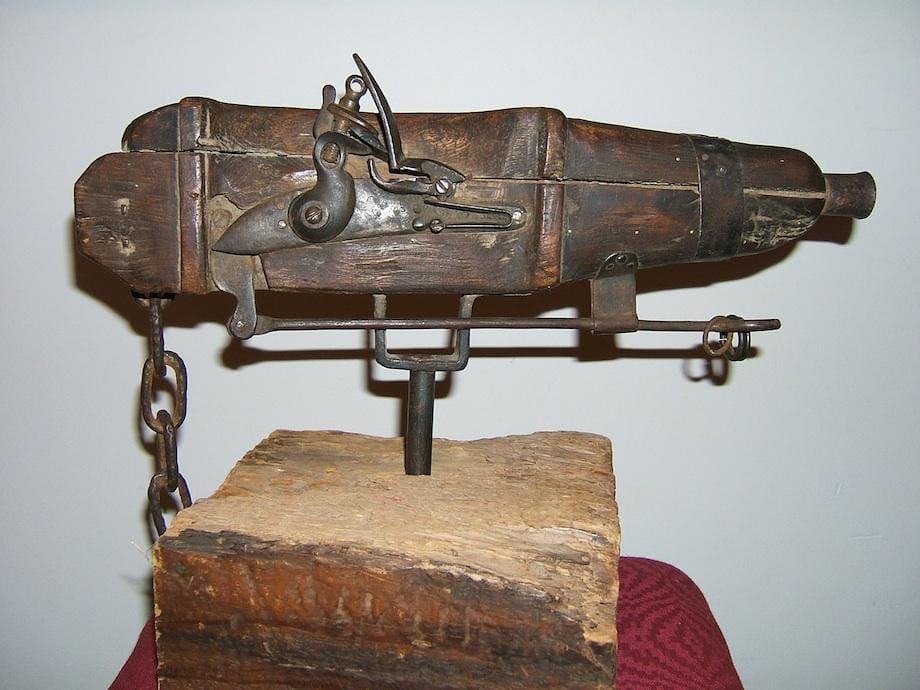
The gun has long been a museum favorite, and one of the odder, more dangerous forms of tomb protection in the 19th century, when “resurrection men” stalked cemeteries in search of fresh corpses to offer doctors for dissection. In 2013, Rebecca Onion wrote for Slate’s the Vault that the gun could be placed at a grave and surrounded by tripwires, so a “prospective grave-robber, stumbling over the tripwire in the dark, would trigger the weapon — much to his own misfortune.”
“We are hoping to reopen in some form, whether it’s a museum or an exhibit,” Buss said. There are other museums in the country related to death and mourning, like the Museum of Death, which has branches in Los Angeles and New Orleans, and the National Museum of Funeral History in Houston, Texas. But “this is more about art, and there’s really nothing morbid about it,” Buss said.
It’s also located in a place where funerals are still held. “People wander through during viewings; it provides value,” Buss said. “It’s kind of nice for families to have something to look at. They can learn something about our history and our past and memorialization.”

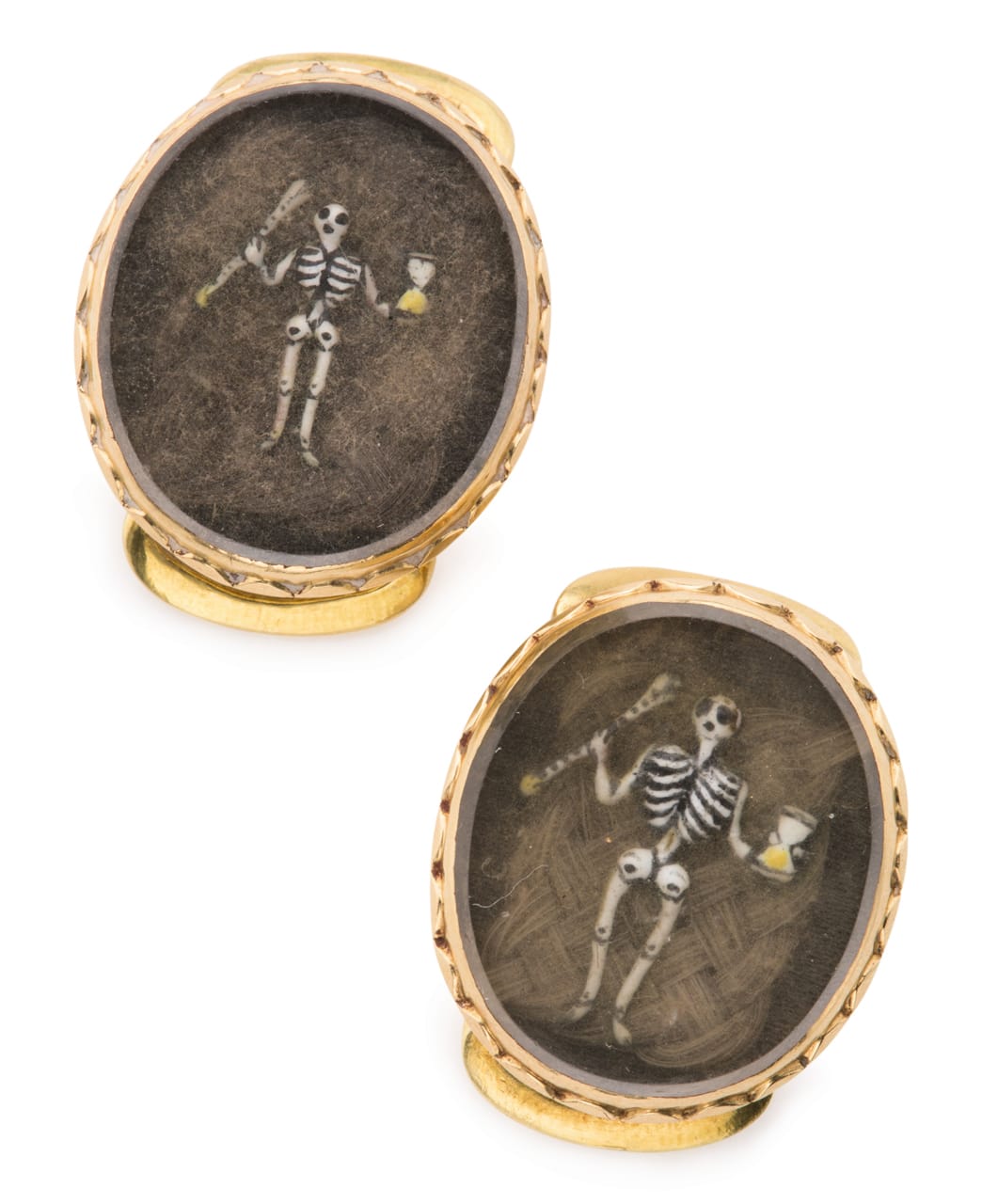

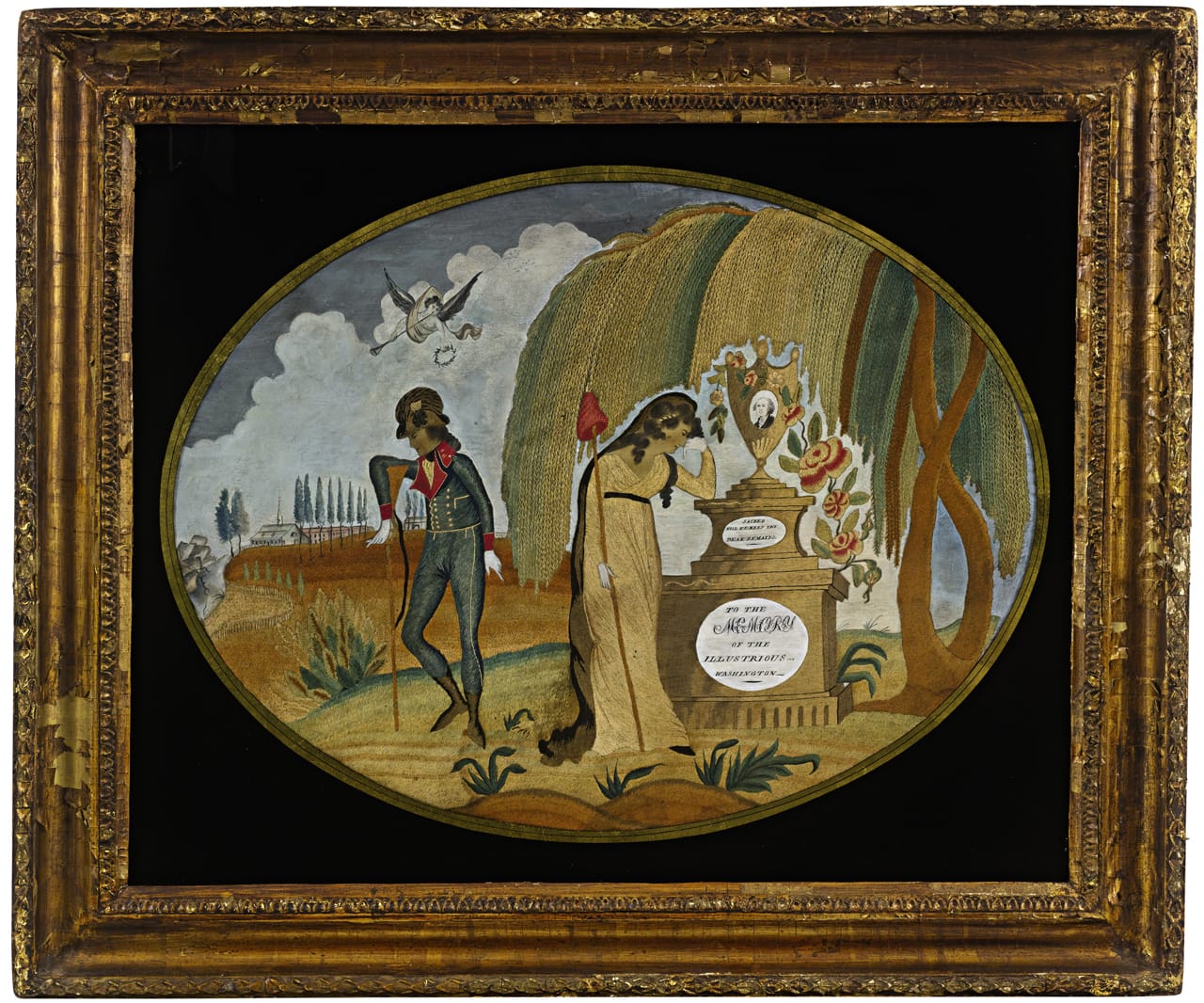
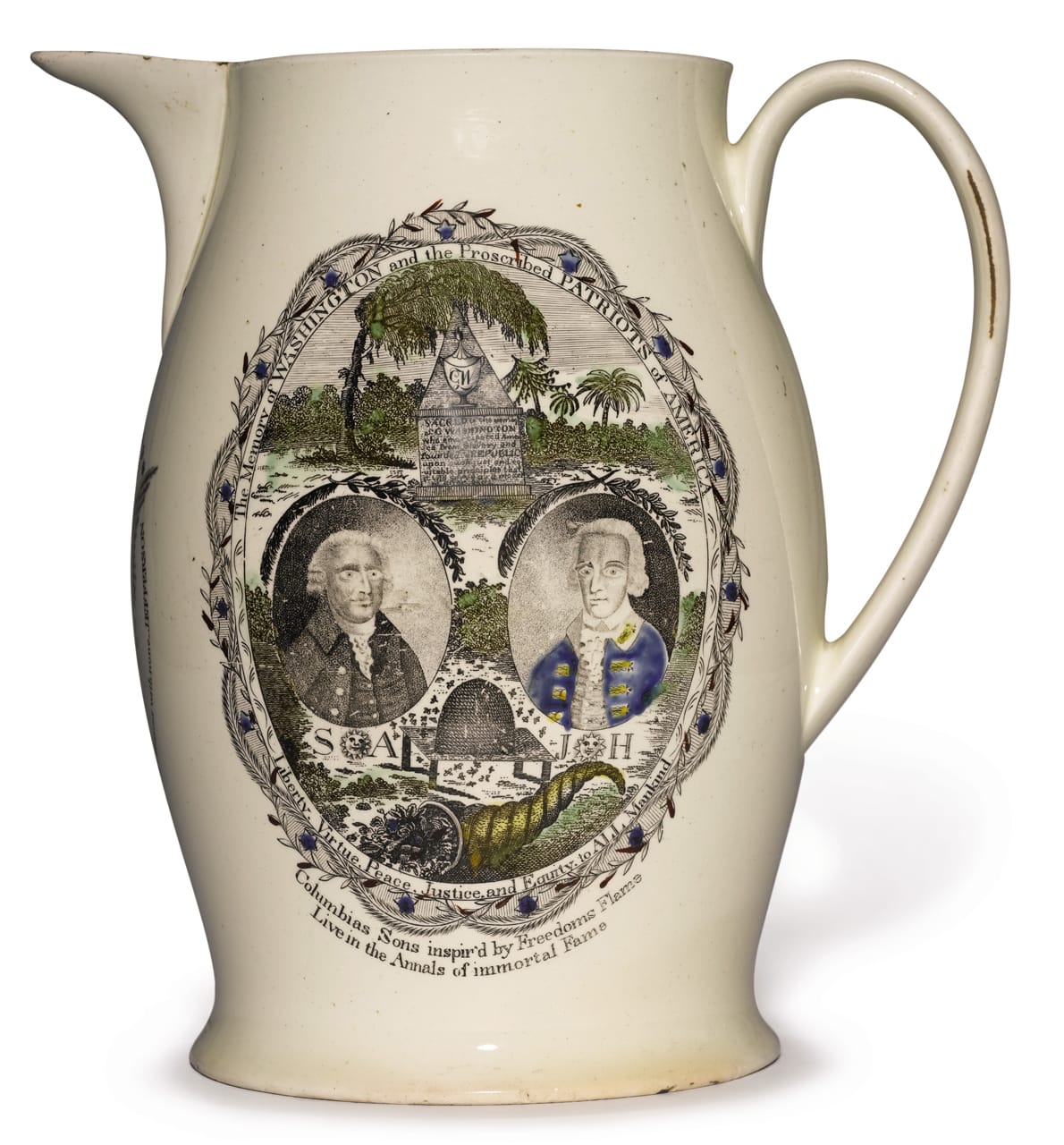
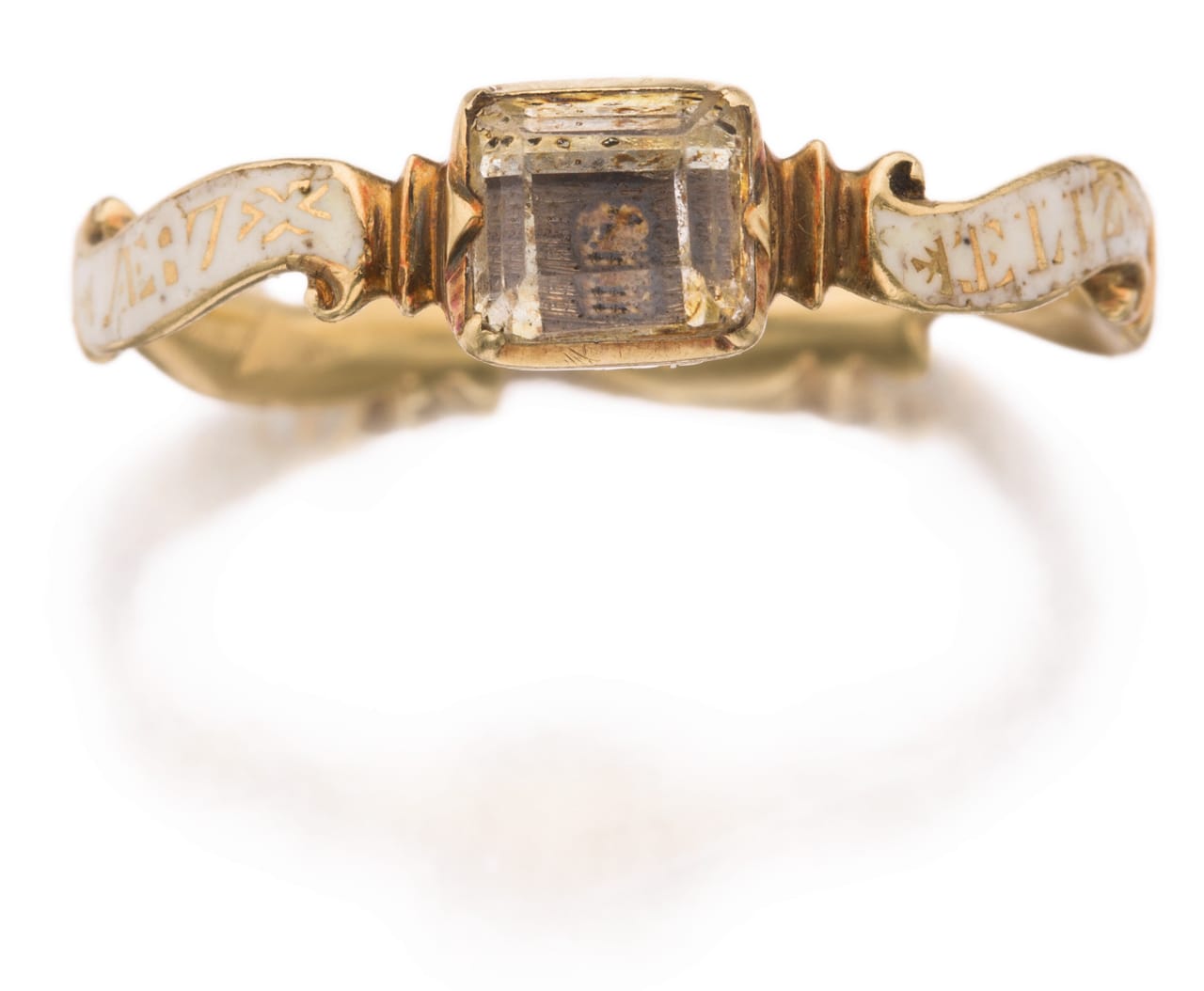
The Museum of Mourning Art is located at Arlington Cemetery (2900 State Road, Drexel, Pennsylvania). The Property from the Collection of Irvin & Anita Schorsch: Hidden Glen Farms auction takes place January 20–22 at Sotheby’s in New York (334 York Avenue, Upper East Side, Manhattan).





